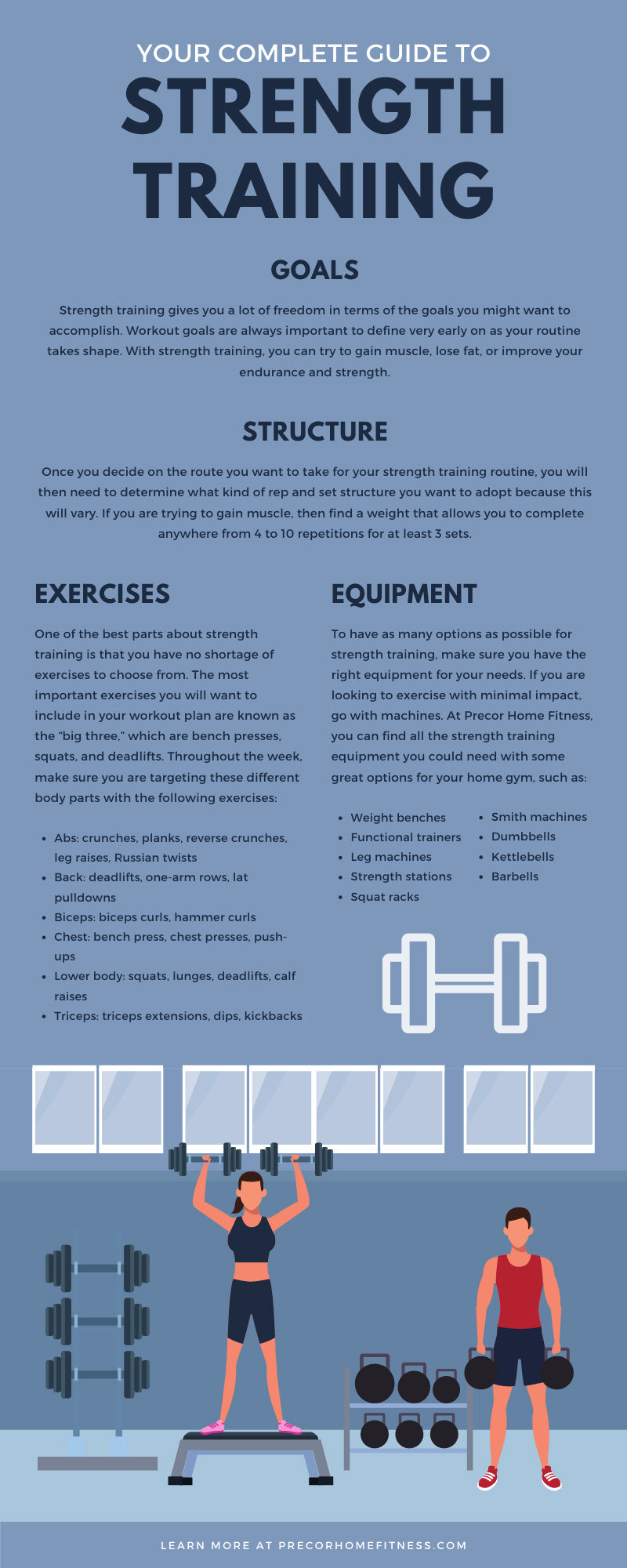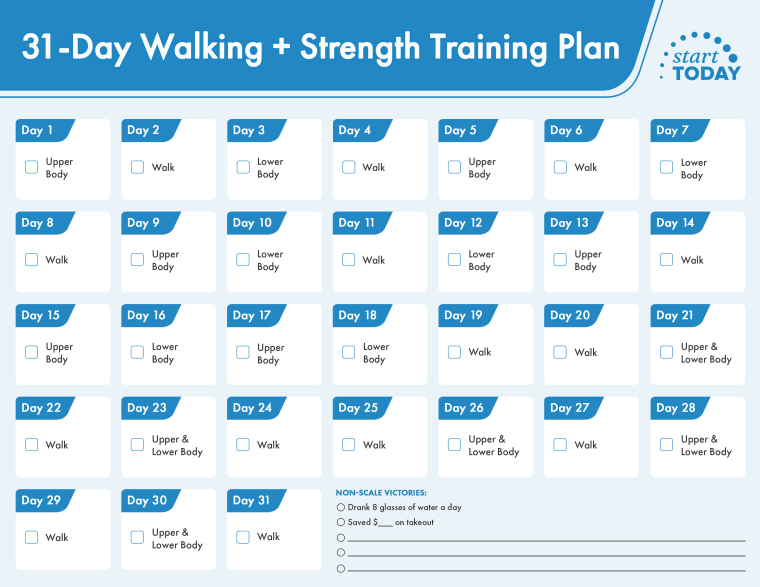Are you tired of spending hours in the gym and not seeing the desired results on the weighing scale? Look no further! This article will introduce you to the world of bodyweight exercises for weight loss. Say goodbye to complicated gym equipment and hello to a simple yet effective workout routine that you can do in the comfort of your own home. Whether you’re a beginner or a fitness enthusiast, these exercises will help you shed those extra pounds and get closer to your fitness goals. Get ready to feel the burn and see the results as we guide you through a variety of bodyweight exercises that will torch calories and tone your muscles. It’s time to take control of your weight loss journey and unleash the power of your own body!
The Benefits of Bodyweight Exercises for Weight Loss
If you’re looking to shed some extra pounds and improve your overall fitness, bodyweight exercises can be a fantastic addition to your weight loss journey. Unlike traditional weightlifting, which requires equipment such as dumbbells or machines, bodyweight exercises utilize your own body as resistance, making them accessible to almost anyone. Let’s explore some of the benefits of incorporating bodyweight exercises into your workout routine.
Increased Calorie Burn
One of the primary advantages of bodyweight exercises for weight loss is their ability to torch calories. By engaging multiple muscle groups simultaneously, these exercises elevate your heart rate and increase the number of calories you burn during your workout. According to recent studies, vigorous bodyweight exercises like plyometrics can burn up to 15 calories per minute, comparable to high-intensity cardio workouts.
Improved Muscle Tone
In addition to helping you shed unwanted pounds, bodyweight exercises can also contribute to improved muscle tone. As you perform movements that require you to support your body weight, such as push-ups or squats, you engage multiple muscle groups, leading to increased strength and enhanced definition. These exercises target major muscle groups like the core, arms, legs, and back, effectively sculpting your physique without the need for external weights.
Improved Cardiovascular Health
Cardiovascular health is a crucial aspect of overall fitness and weight loss. Fortunately, bodyweight exercises can provide a cardiovascular challenge while also building muscle. Exercises like burpees, a combination of push-ups and squat jumps, and jumping jacks elevate your heart rate, improving your cardiovascular fitness and endurance. Regularly incorporating these exercises into your routine can help reduce the risk of heart disease, increase stamina, and promote heart health.
Enhanced Flexibility and Range of Motion
Poor flexibility and limited range of motion can impede your fitness progress and increase the risk of injury. Bodyweight exercises, such as the plank, require you to hold static positions, stretching and strengthening your muscles. Over time, this can lead to improved flexibility and joint mobility. By enhancing your range of motion, you’ll be able to perform exercises with proper form, maximizing their effectiveness and minimizing the risk of strains or sprains.
Top Bodyweight Exercises for Weight Loss
Now that we’ve explored the many benefits of bodyweight exercises for weight loss, let’s delve into some of the most effective exercises you can incorporate into your routine.
Squats
Squats are renowned for their ability to work multiple muscle groups simultaneously, including the quads, glutes, and hamstrings. To perform a squat, stand with your feet shoulder-width apart and slowly lower your body by bending your knees and pushing your hips back. Aim to lower yourself until your thighs are parallel to the ground before pushing through your heels and returning to a standing position. Squats are an excellent exercise for building lower body strength and burning calories.
Push-ups
Push-ups are a classic bodyweight exercise that targets your upper body, particularly your chest, shoulders, and triceps. To perform a push-up, start in a high plank position with your hands slightly wider than shoulder-width apart. Lower your body by bending your elbows and keeping your back straight until your chest nearly touches the ground. Push through your hands to return to the starting position. If you find traditional push-ups challenging, you can modify the exercise by starting on your knees or against a wall.
Burpees
Burpees are a full-body, high-intensity exercise that combines squats, push-ups, and jumps into one fluid movement. Begin in a standing position, then lower yourself into a squat position with your hands on the ground. Kick your feet back into a push-up position, perform a push-up, and then quickly return your feet to the squat position. From there, explosively jump as high as you can before repeating the movement. Burpees are an excellent exercise for increasing your heart rate, burning calories, and building strength.
Plank
The plank is a simple yet effective exercise that targets your core muscles, including your abs, obliques, and lower back. Start by assuming a push-up position, then lower yourself onto your forearms, keeping your elbows directly beneath your shoulders. Engage your core, squeeze your glutes, and hold the position for as long as possible, maintaining a straight line from your head to your heels. Planks are great for building a strong core, improving posture, and stabilizing the spine.
Jumping Jacks
jumping jacks are a dynamic exercise that elevates your heart rate and engages your entire body. Start in a standing position with your feet together and your arms at your sides. Simultaneously jump your feet out to the sides while raising your arms above your head. Quickly reverse the movement by jumping your feet back together and lowering your arms. Repeat this motion continuously to raise your heart rate, burn calories, and improve cardiovascular endurance.

This image is property of pixabay.com.
Creating a Bodyweight Exercise Routine
To maximize the effectiveness of your bodyweight exercises for weight loss, it’s essential to create a well-rounded and structured routine. Here are some key steps to consider when designing your bodyweight exercise plan.
Setting Goals
Before starting your bodyweight exercise routine, it’s crucial to define your weight loss goals and establish realistic expectations. Determine the amount of weight you want to lose and set specific, measurable targets for yourself. Whether it’s aiming for a certain number of pounds lost or fitting into a specific clothing size, having clear goals will help motivate you throughout your weight loss journey.
Choosing the Right Exercises
When selecting bodyweight exercises for your routine, it’s important to choose exercises that target different muscle groups and provide a balanced workout. Incorporating a mix of exercises like squats, push-ups, burpees, planks, and jumping jacks will ensure that you engage both your upper and lower body while also working your core. This comprehensive approach will help you burn calories, build strength, and improve overall fitness.
Determining Reps and Sets
To effectively stimulate weight loss and improve muscle tone, it’s crucial to determine the appropriate number of repetitions (reps) and sets for each exercise. Beginners typically start with two to three sets of 8-12 reps per exercise. As you progress, you can gradually increase the number of sets and reps to challenge your muscles further. Focus on maintaining proper form and breathing throughout each exercise to maximize results and minimize the risk of injury.
Progressing Over Time
To continuously challenge your body and prevent plateauing, it’s essential to progressively increase the difficulty of your bodyweight exercises over time. This can be achieved by adding variations or progressions to each exercise, such as performing a push-up from your toes instead of your knees, or trying pistol squats instead of regular squats. Gradually increasing the difficulty will train your muscles to adapt and improve, helping you achieve sustained weight loss and gain overall strength.
Supplementary Tips for Effective Weight Loss
While bodyweight exercises alone can be highly effective for weight loss, incorporating some supplementary tips into your routine can further enhance your progress. Consider the following tips for optimal results.
Incorporating High-Intensity Interval Training (HIIT)
High-Intensity Interval Training, or HIIT, involves short bursts of intense exercise followed by short periods of rest or lower-intensity exercise. Including HIIT workouts alongside your bodyweight exercises can exponentially amplify calorie burn and fat loss. This type of training keeps your heart rate elevated, boosts your metabolism, and continues to burn calories even after your workout is complete.
Balancing Cardiovascular Activities
While bodyweight exercises provide a cardiovascular element to your workout routine, it’s essential to balance them with dedicated cardio activities like running, cycling, or swimming. This combination of bodyweight exercises and traditional cardio exercises can further increase calorie burn, improve heart health, and contribute to overall weight loss. Aim for at least 150 minutes of moderate-intensity cardio per week, or 75 minutes of vigorous-intensity cardio for optimal results.
Maintaining a Healthy Diet
Although exercise is a crucial component of weight loss, it’s important to remember that it cannot outwork a poor diet. To maximize your weight loss efforts, it’s crucial to maintain a healthy, well-balanced diet. Focus on consuming nutrient-dense foods such as fruits, vegetables, lean proteins, and whole grains. Stay properly hydrated by drinking sufficient water throughout the day, and consider consulting with a registered dietitian or nutritionist for personalized guidance.
Getting Enough Rest and Recovery
Lastly, don’t overlook the importance of rest and recovery when it comes to weight loss. Your body needs time to repair and rebuild muscle tissue, so scheduling regular rest days is crucial. Aim for at least one to two days of rest per week to allow your body to recover fully. Getting enough sleep (7-9 hours per night) is also vital for weight loss, as it supports hormonal balance and overall well-being.

This image is property of pixabay.com.
Avoiding Common Mistakes
To ensure that you make the most out of your bodyweight exercises for weight loss, it’s important to avoid common mistakes that can hinder your progress. Take note of the following pitfalls and make a conscious effort to avoid them.
Neglecting Proper Form
Maintaining proper form during your bodyweight exercises is crucial for effectiveness and injury prevention. Poor form can lead to muscle imbalances, strains, and other injuries. Take the time to learn and understand the correct form for each exercise, and focus on executing the movements with precision. If needed, seek guidance from a qualified fitness professional to ensure you’re performing the exercises correctly.
Overtraining
While consistency is key in achieving weight loss goals, overtraining can be detrimental to your progress. Pushing your body too hard without sufficient rest can lead to burnout, increased risk of injury, and hindered weight loss. Listen to your body and prioritize rest and recovery as part of your routine.
Not Listening to Your Body
In addition to avoiding overtraining, it’s important to listen to your body and adapt your routine as needed. If you’re experiencing pain or discomfort during certain exercises, it may be a sign that your body needs a break or that you need to modify the exercise. Pay attention to any signals of fatigue or injury, and make adjustments accordingly.
Skipping Warm-up and Cool-down
Warm-up and cool-down exercises are often overlooked but are essential for injury prevention and optimal performance. Prior to your bodyweight workout, take a few minutes to warm up your joints and muscles with dynamic movements like arm circles, leg swings, or light jogging. Similarly, after your workout, spend a few minutes stretching your muscles to promote flexibility and aid in recovery. Don’t neglect these important steps to ensure a safe and effective workout.
FAQs about Bodyweight Exercises for Weight Loss
To address common queries about bodyweight exercises for weight loss, here are some frequently asked questions along with their answers.
Can bodyweight exercises alone help with weight loss?
Yes, bodyweight exercises alone can be highly effective for weight loss. When combined with a proper diet and other healthy lifestyle choices, bodyweight exercises can help you shed unwanted pounds, increase muscle tone, and improve overall fitness. However, the key to successful weight loss lies in maintaining a calorie deficit, which can be achieved through a combination of dietary changes and regular exercise.
How often should I do bodyweight exercises?
The frequency of your bodyweight exercises will depend on your current fitness level, goals, and overall schedule. As a general guideline, aim for at least two to three days of bodyweight exercises per week, allowing for at least one day of rest in between each session. This will give your muscles time to recover and adapt. As you progress, you can increase the frequency and duration of your workouts.
Do bodyweight exercises require any equipment?
One of the advantages of bodyweight exercises is that they can be performed without any equipment. These exercises utilize your own body as resistance, so no weights or machines are necessary. This makes bodyweight exercises accessible and affordable for everyone, as they can be done anywhere, anytime.
Can bodyweight exercises target specific areas for fat loss?
While bodyweight exercises can help build strength and burn calories, it’s important to note that spot reduction, or specifically targeting fat loss in certain areas of the body, is not possible. Fat loss occurs throughout the body as a result of creating a calorie deficit. However, bodyweight exercises can help improve muscle tone in specific areas, contributing to a more sculpted appearance as you lose overall body fat.

This image is property of pixabay.com.




